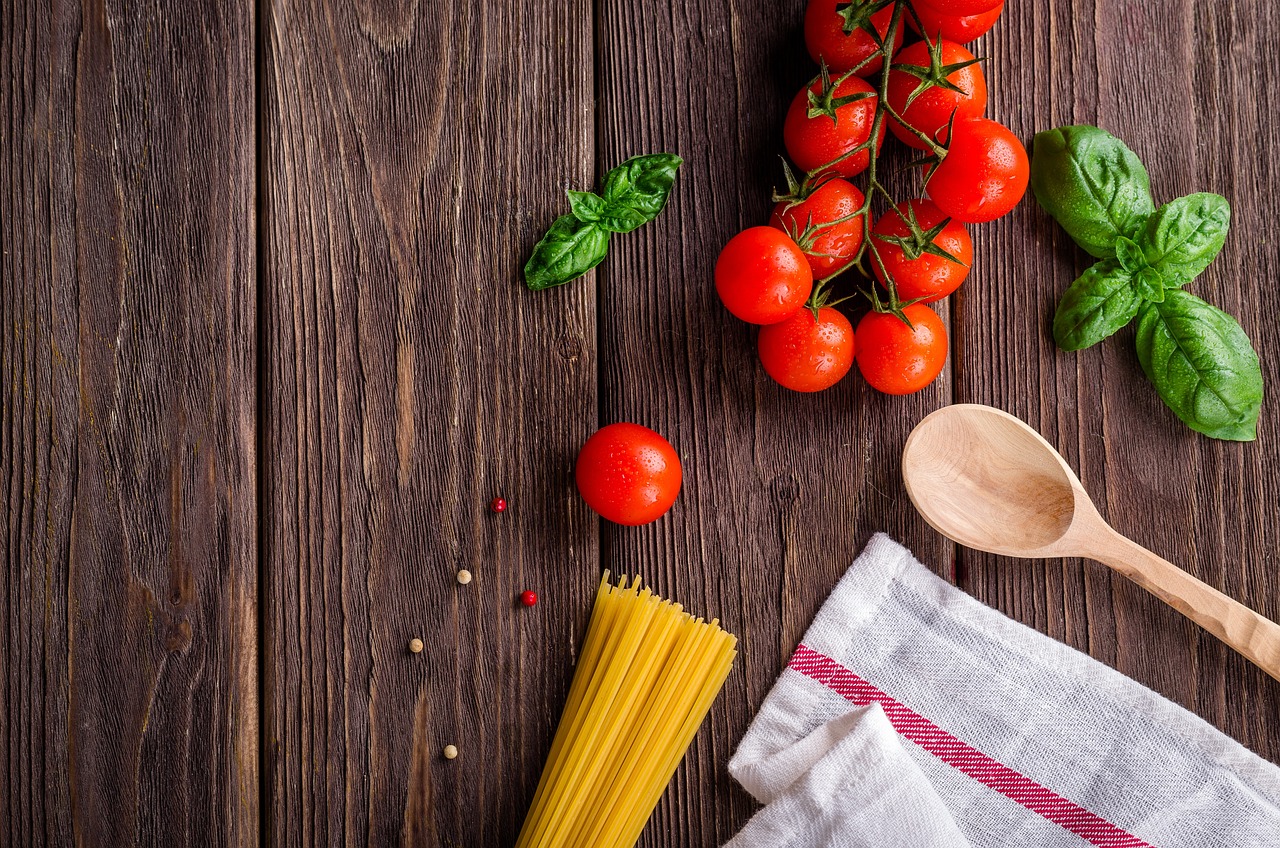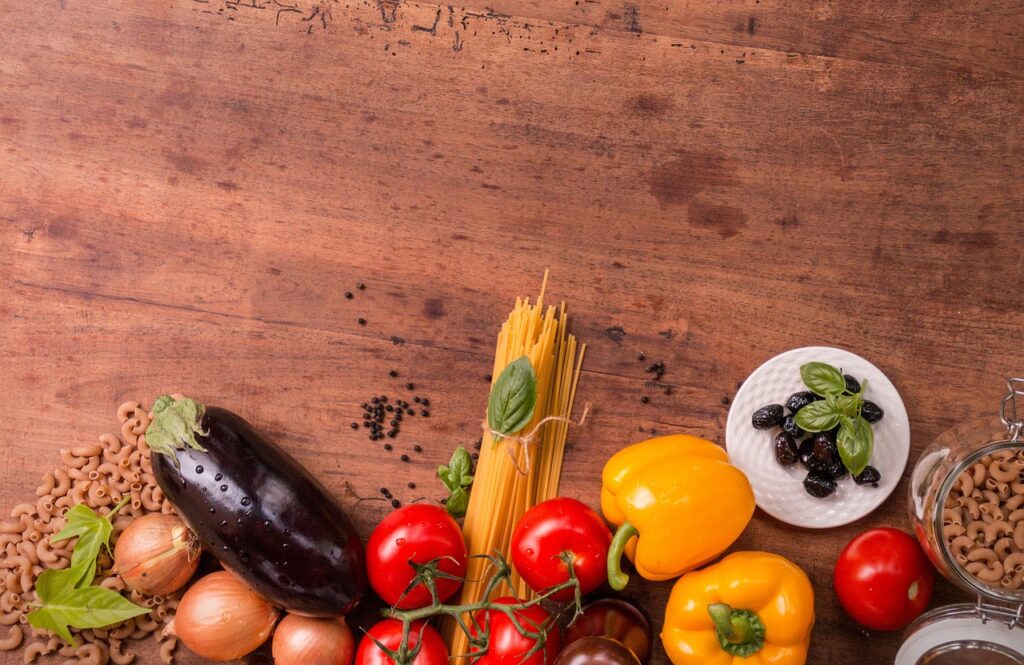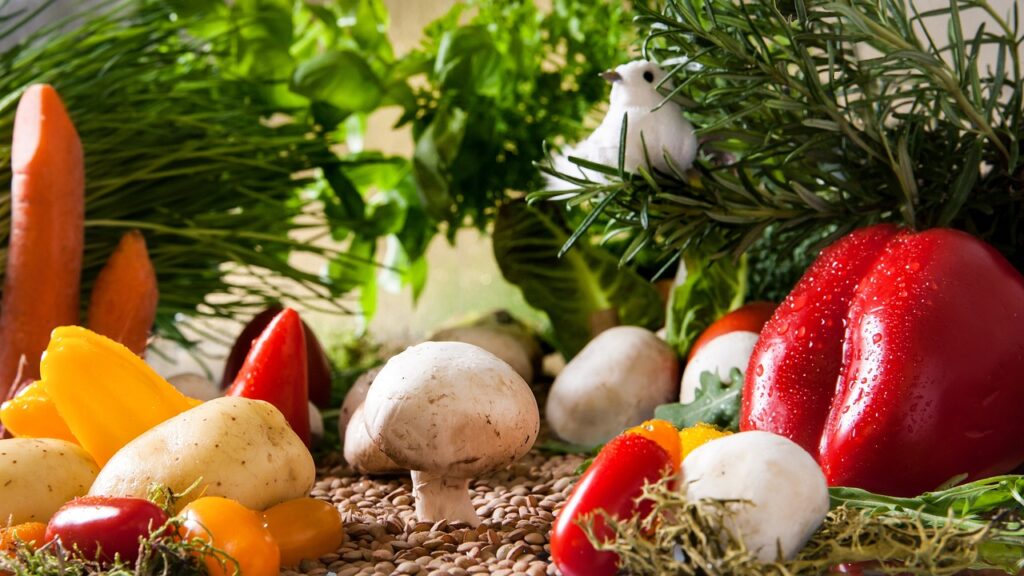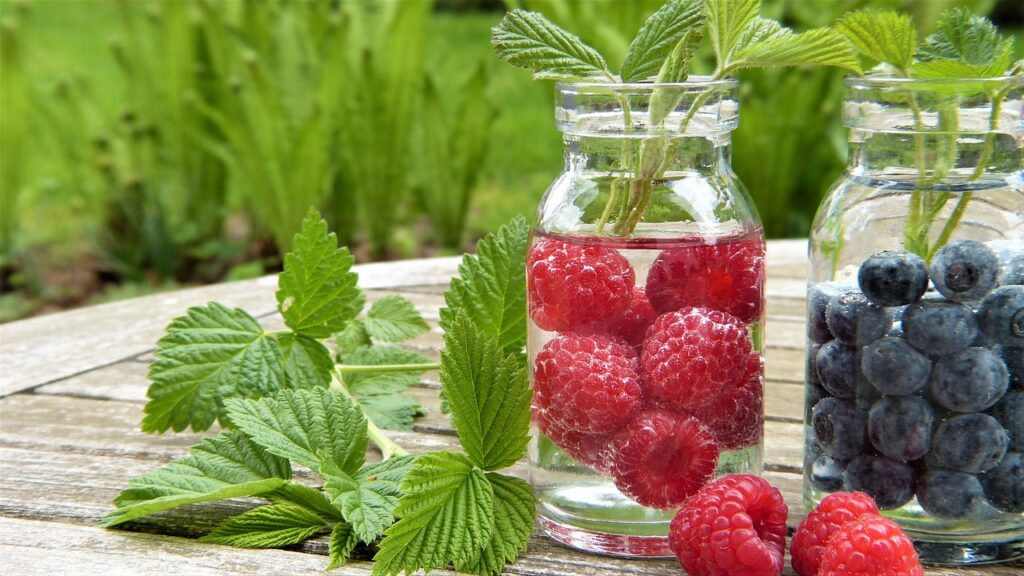Hey eco-warriors and raw food enthusiasts! Ready to dive into a world where crunchy veggies meet zero waste? Let’s chat about “Zero-Waste Kitchen: Tips for Minimizing Food Waste in a Raw Food Lifestyle” and explore how we can make our kitchens as green as our salads.
1. Love Your Leftovers: Creative Ways to Reimagine Raw
Got a handful of leftover veggies from your raw feast? Fear not, because leftovers are your canvas! Transform them into a colorful wrap, toss them in a salad, or blend them into a refreshing smoothie. Creativity in the kitchen not only minimizes waste but also sparks culinary adventures.
2. Compost Like a Champ: Raw Scraps Turned Garden Gold
Composting is your secret weapon in the zero-waste game. Those peels, cores, and ends of raw fruits and veggies? They’re not trash – they’re garden gold! Start a compost pile and let nature work its magic. Your plants will thank you, and you’ll close the loop on kitchen waste.
3. DIY Veggie Broth: Extracting Flavor, Minimizing Waste
Ever think about the incredible flavor tucked away in veggie scraps? It’s time to unleash it! Collect onion skins, carrot tops, and other raw veggie remnants to create your own homemade vegetable broth. It’s a flavorsome way to reduce waste and add depth to your dishes.
4. Regrow Your Greens: The Never-Ending Salad
Why buy another bunch of greens when you can regrow your own? Save the ends of lettuce, celery, or green onions, and watch them flourish in water. It’s like having a perpetual salad bar at home, and you’ll cut down on the need for constant store-bought greens.
5. Ripe for Smoothies: Overripe, Not Overlooked
Got fruits on the verge of overripeness? They’re perfect for smoothies! Bananas, berries, and even slightly wrinkled leafy greens blend into delicious concoctions. Turning overripe fruits into smoothie stars not only reduces waste but also adds a burst of flavor to your morning routine.
6. Be a Smart Shopper: Plan, Prep, and Prevent Waste
Planning is your BFF in the zero-waste kitchen. Before hitting the market, take stock of what you have and plan meals accordingly. Stick to shopping lists, buy in bulk to reduce packaging, and choose local, seasonal produce. It’s a proactive approach to prevent waste before it happens.
7. Freeze the Bounty: Raw Goodness for Later
Got a surplus of seasonal fruits or veggies? Freeze them! Whether it’s ripe bananas for smoothies or fresh berries for future snacks, freezing preserves the raw goodness for later enjoyment. No need to let those precious ingredients go to waste.
8. Eco-Friendly Storage: Keeping it Fresh, Keeping it Green
Ditch the plastic and opt for eco-friendly storage. Mason jars, glass containers, and beeswax wraps are fantastic alternatives. They keep your raw ingredients fresh without adding to the landfill. It’s a small switch that makes a big impact.
Wrapping It Up: Crunching Towards Zero Waste
And there you have it – “Zero-Waste Kitchen: Tips for Minimizing Food Waste in a Raw Food Lifestyle.” It’s not just about eating raw; it’s about doing it in a way that honors the planet. So, let’s crunch our way to a zero-waste kitchen, where every bite is delicious, and every decision is eco-friendly!
Sustainable Living Exploration:
- Mindful Eating and Sustainability: The Connection between Food Choices and the Planet
- Community Supported Agriculture (CSA): A Sustainable Approach to Raw Eating
- The Impact of Water Footprint: Hydration Choices in a Raw Lifestyle
- Reducing Energy Consumption: Smart Kitchen Practices for Raw Food Enthusiasts
- Ethical Sourcing: Choosing Fair Trade and Sustainable Raw Ingredients
- Seasonal Eating: The Environmental Benefits of Aligning Your Diet with Nature
- Gardening for Raw Food Enthusiasts: Growing Your Ingredients at Home
- Eco-Friendly Packaging: Making Conscious Choices for Raw Food Storage
- From Farm to Fork: The Environmental Impact of Raw Food Choices
- Zero-Waste Kitchen: Tips for Minimizing Food Waste in a Raw Food Lifestyle



